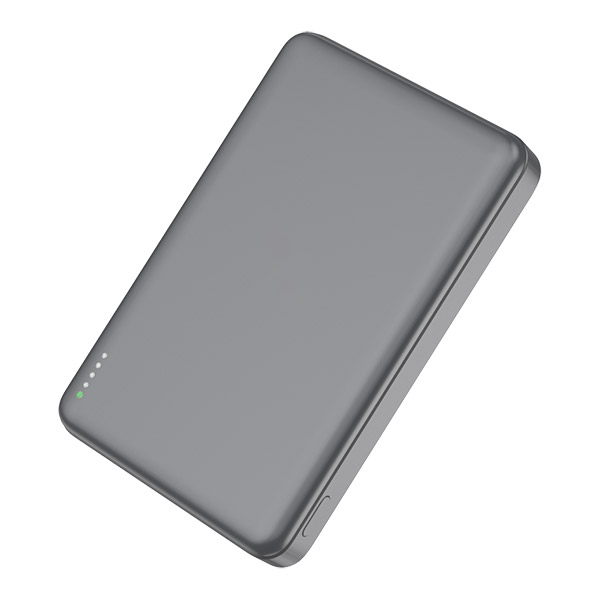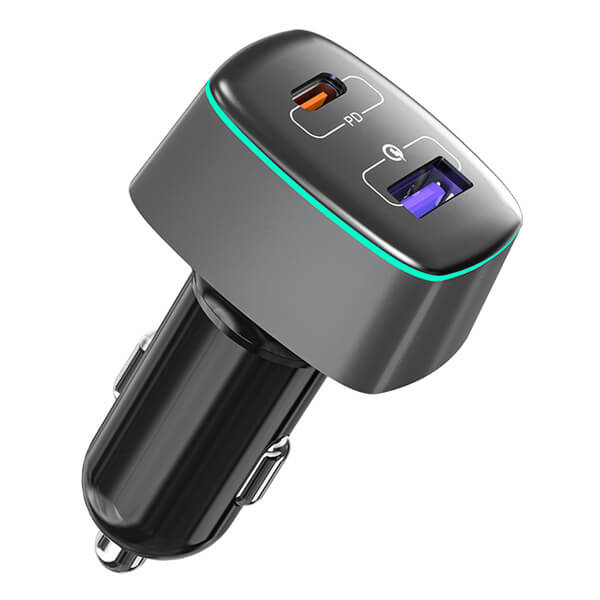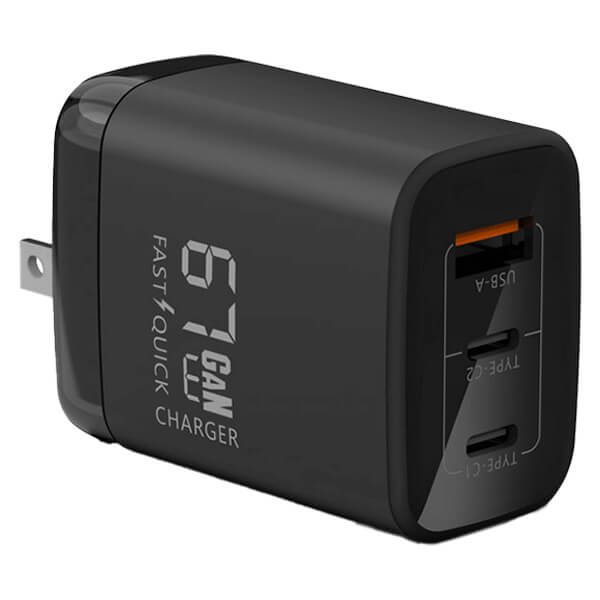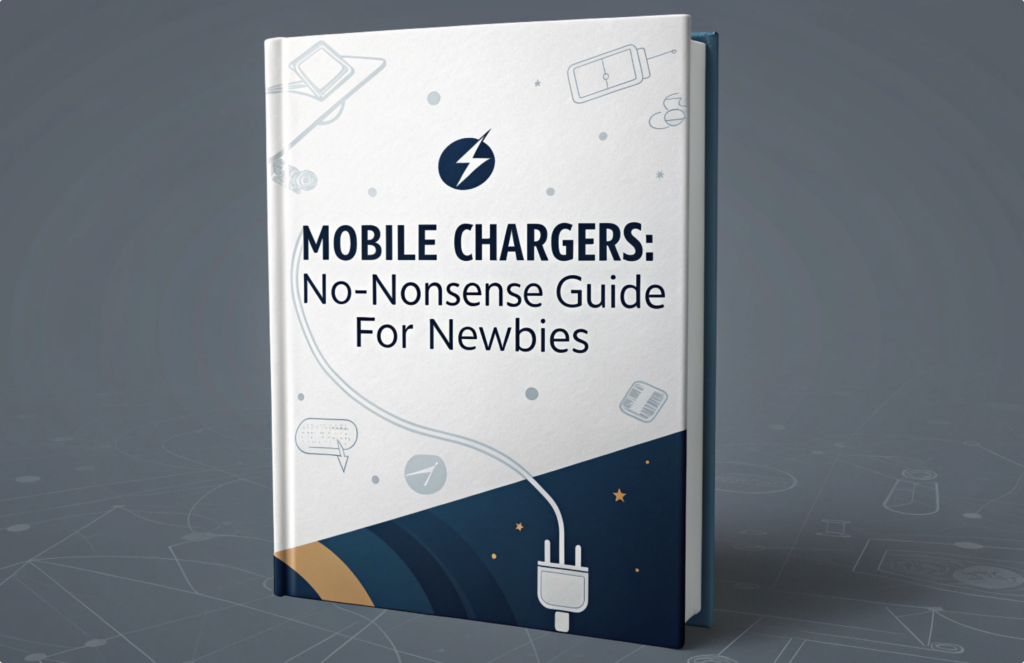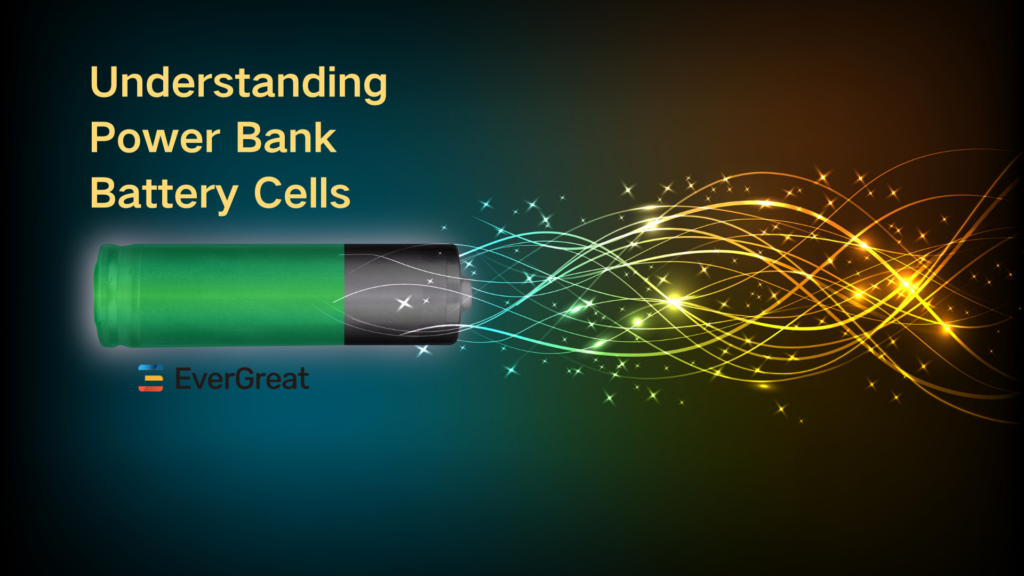
How does a power bank work? This is obviously a very common but uncommon question. As we all know, the power bank is actually a rechargeable and dischargeable battery. When the device is out of power, the power bank is used to charge the device. When the power bank is exhausted, we fully charge the power bank. The power bank can be simply understood as a bridge, or can be regarded as a modern new improved “rechargeable battery”. However, if it is just simple charging and discharging, it is too unsafe, after all, this is the “timely rain” that people always have around. Here, we use professional theoretical knowledge to share the real working state of the power bank.
The working principle of power bank
Power banks are essentially batteries with smart circuitry that regulates current to charge USB-powered gadgets safely. Because power banks are intended to be portable, their batteries are made of lithium chemistry, which stores a large amount of energy in a small size.
However, some aspects of power bank operation differ from rechargeable batteries. A power bank is a portable device that integrates power storage, boosting, and charging management.
Lithium battery cells are generally used as storage media, because lithium battery cells are relatively small in size, large in capacity, widely circulated in the market, and always priced, and are widely used in digital products.
The voltage of the lithium battery is between 2.7-4.2V, and the voltage decreases with the decrease of the power. The voltage of 2.7-4.2V cannot directly charge other digital products, because the lithium battery voltage of digital products is also 2.7-4.2V, and it cannot be charged between voltages of the same potential. Therefore, the mobile power supply must have a boost system to output power to the outside, and the 2.7-4.2V lithium battery voltage can be raised to 5V, so that other digital products can be charged, such as mobile phones, MP4, tablet computers, PSP and so on.
Of course, a power bank is not a one-time device, it can be used hundreds of times over and over again. So when the power bank is used up, we must charge the power bank. The principle is the same as charging a mobile phone. Connect to a 5V USB computer interface or a USB charger to charge the power bank. Therefore, there must be a charging system inside the power bank. The charging management system automatically adjusts the charging current according to the voltage of the lithium battery. The process includes: precharge, constant voltage charging, and floating charge.
Why is the power bank rated in mAh instead of Wh?
Since the capacity of a battery is in (m)Ah, it won’t tell you much unless you know the voltage. However, comparing products with the same terminal voltage allows you to simply ignore the voltage and focus on the capacity expressed in amp-hours. Given that the rated amp-hour is the amount of current the device can output for 20 hours at room temperature, this can be misleading. Actual output may vary significantly if current draw is significantly higher or lower, or if used in extreme temperatures. The important thing to note is that not all mAh can be used since batteries don’t maintain their rated voltage forever.
Another factor to consider is the efficiency of the DC-DC converter. For example, if you want a 5V output from a 3.7V battery, you’ll need to step up the voltage. While they can be very effective, there are still losses. Very generally speaking, the lower the input voltage, the lower the efficiency. To sum up, factors such as battery voltage, discharge rate, temperature, and DC-DC converter efficiency will affect the actual available power of the power bank.
Will the power bank be pre-charged when we buy it?
Yes, almost all power banks are pre-charged. However, for many reasons, the power bank will not be fully charged, only about 70% or less. It’s rare to buy a new power bank out of the box. To verify that it’s charged, turn on the power bank and check the four LED lights that indicate the charge level.
Will the battery drain if I don’t use the power bank for a while?
Yes, eventually, the battery will drain. Over time, if the battery is sitting on a table with nothing plugged in, it will slowly lose charge due to internal self-discharge. However, since portable chargers run on stubborn lithium-ion batteries, the process can be slow and can even take years to discharge. If you want to use this power bank again, you can recharge it again. However, in terms of safety and charging efficiency, mobile power banks that have been vacant for too long should not be used.
Through the sharing of the working principle of the power bank and other related knowledge, I hope to help you better understand the power bank and better maintain your own power bank.

